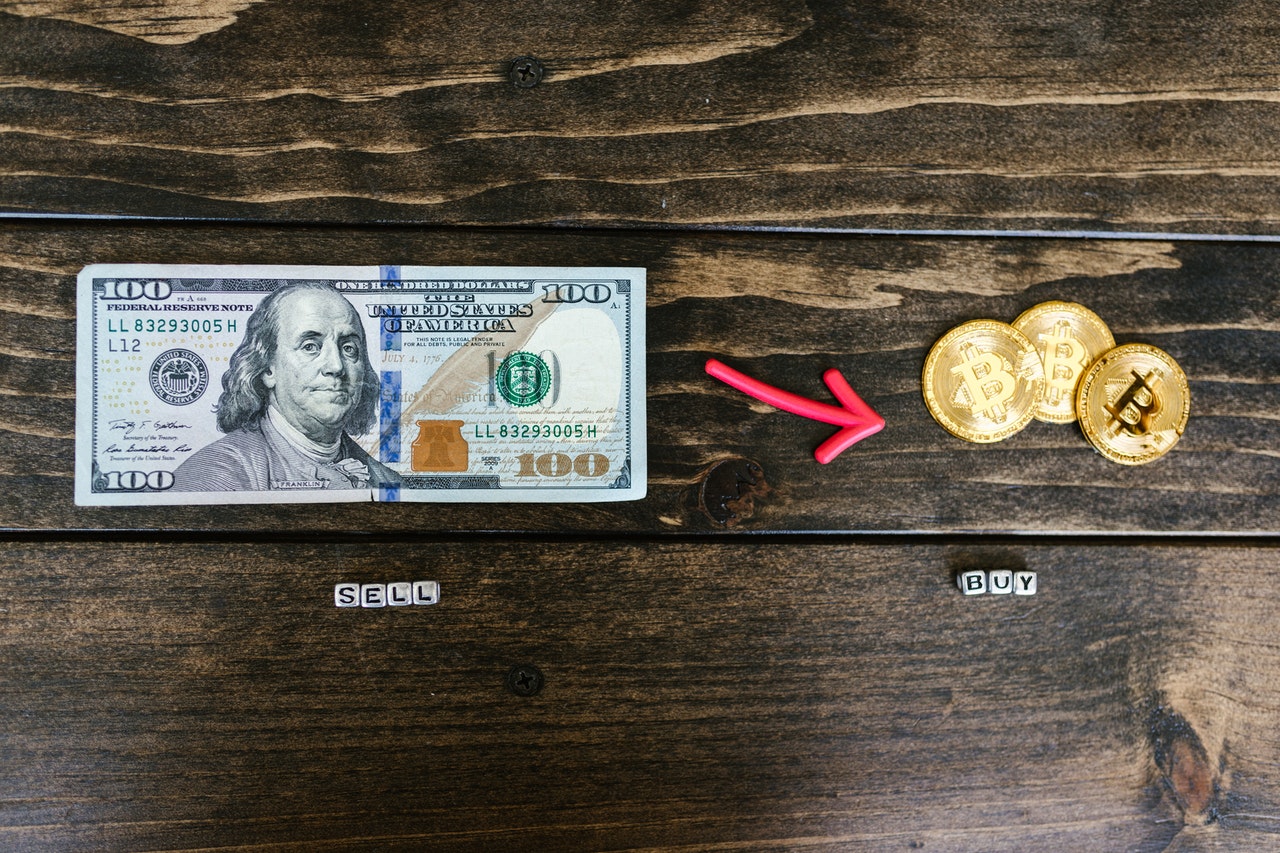Options are bilateral contracts that give the holder rights to sell or buy an underlying asset. It, however, doesn’t provide them with the obligation to sell or buy up/to a set date, a specific asset, and at a set price.
When trading options, you will come across some terminologies time and again. They include:
- Underlying asset refers to the financial instrument or commodity that you can buy or sell using your option.
- Exercise price: This refers to the cost an underlying asset can be sold or bought when you exercise an option.
- Expirations date: This date is the one that determines the duration in which an option can be exercised.
Standardization of options contracts and types of options
Options contracts are standardized in the following terms:
- Settlement/delivery procedures (clearinghouse).
- Exercise prices: Here, there usually are at least three that are available for an expiration date.
- Expiration dates: They are usually between 6 months or a year. An option with a lifespan exceeding a year is a rare find.
- Contract volume.
Four option positions
Options positions can be further divided into four: long call (buying calls), long put (buying put), short call (making sort call sale), and short put (making a short put sale).
Terms
- Writing an option: this means to establish short options position
- The option writer: This refers to the person who establishes (has) short options positions.
Offsetting options positions before expiration
- Long call: via identical call sale
- Short call: by purchasing an identical call
- Long put: via a sale of identical put
- Short-put: by purchasing identical put
Identical here means a similar expiration date, a similar underlying asset, similar exercise price, and similar options exchange.
Components of option premium
Time value + intrinsic value = option premium
Time value
An option’s intrinsic value is an option holder’s profit when he exercises his option instantly. It will always be positive.
Exercise price – underlying price = call intrinsic value
Underlying price – exercise price = put intrinsic value
In-the-money, out-of-the-money, and at-the-money
If an option has an intrinsic value, it is said to be in-the-money. At-the-money options are those whose exercise price is equivalent to the underlying’s price. Intrinsic value equals zero.
On the other hand, an out-of-the-money option is when:
- The underlying price is lower than the exercise price (for a call)
- The underlying price is higher than the exercise price (for a put).
The relationship of option seller-buyer
When it comes to options, it’s important to note that each buyer has a seller with incentives and motivations that are not the same as the buyer. As such, when purchasing a call option, you have hopes of the price rising because you have the right to buy that stock at a low strike price.
On the other hand, that transaction’s seller is obliged to sell that stock at that strike price should the buyer exercise their option. This would mean that the seller would like a price fall. In the event that the price falls lower than the strike price, the buyer will most likely allow that contract to expire. As for the seller, he would get to keep the premium, and that would be his profit.
Conversely, if there’s a rise in stock price and the buyer chooses to exercise their option, the seller must sell the shares at the set strike price. This would most likely be a lower price than the stock price at that moment.
Easy steps to trading options
- Sign up for an options trade account
Before you can commence with options trading, you will need to prove that you have an understanding of it. Opening an options trade account will require you to have capital in a lump sum. Moreover, given the complex nature of predicting several moving parts, brokers will want to know more about you (as a potential investor). You’ll be screened, and your trading experience questioned and the details documented in the trading agreement.
- Choose your options
Do this depending on what you think the direction the underlying stock will take. If it’s up, you should purchase a call; if it’ll be stable, sell a put or call option. If you believe the prices will fall. Purchase a put and sell the call.
Conclusion
In essence, stock options trading involves getting answers to these questions: when will a stock move happen, how far is it going to go, and which direction will it move.


Comments are closed